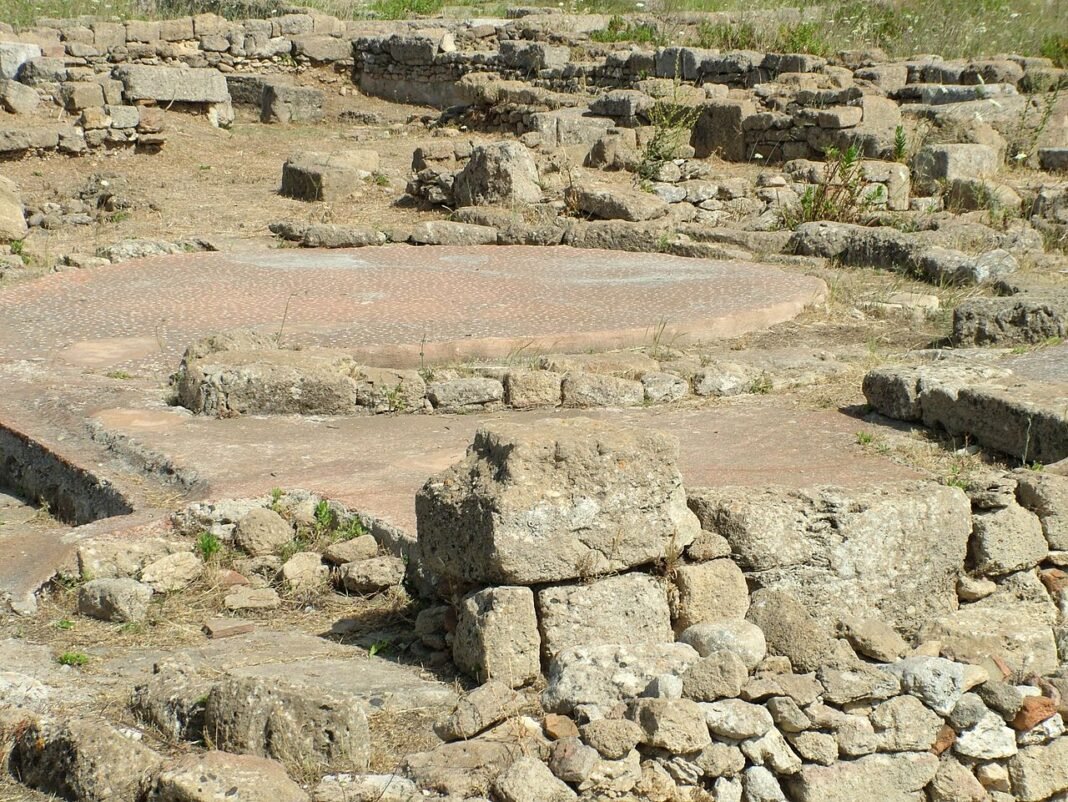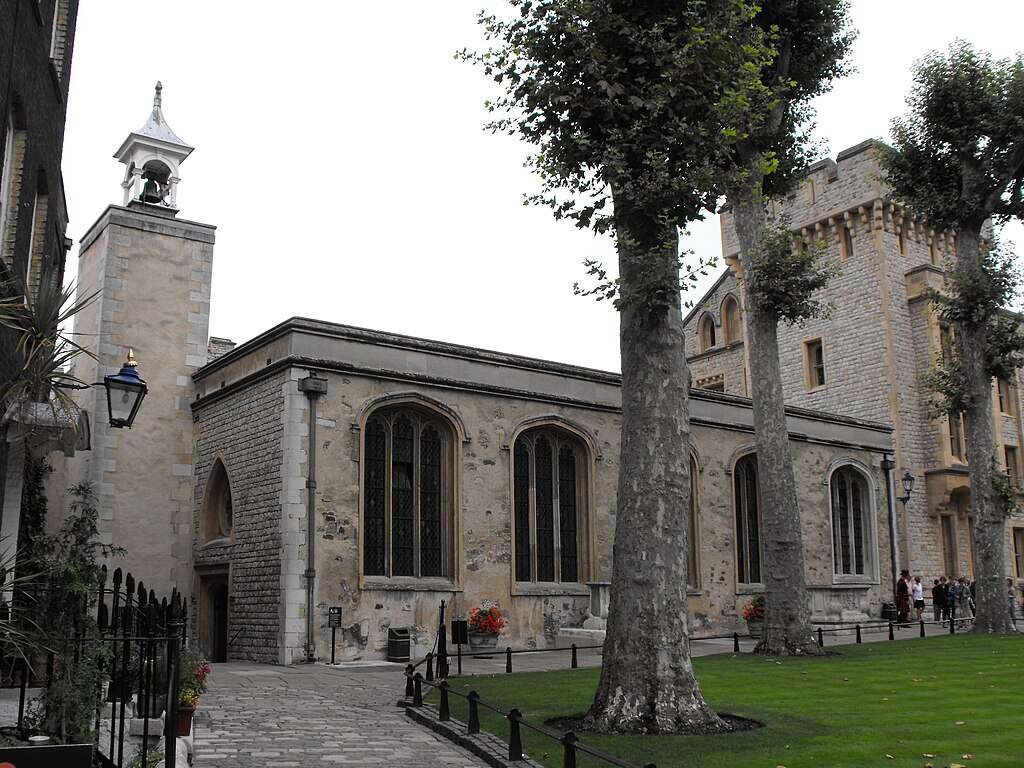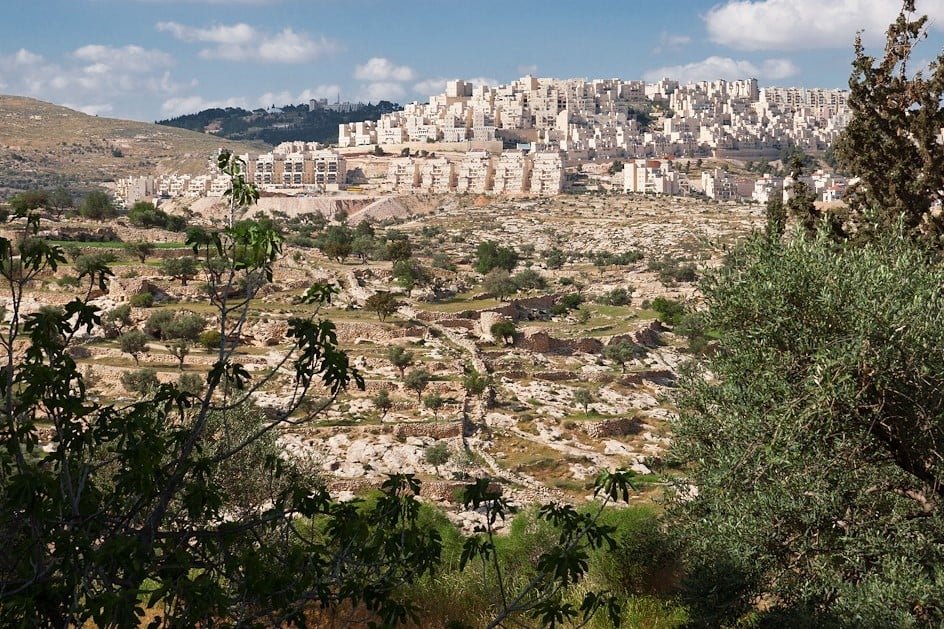
Religion played a key role in the construction of the ancient Greek polis, the city-state, through the formation of the civic community.
The founder of the theory was French historian Numa Denis Fustel de Coulanges (1830-1889), who wrote the book La cité grecque (Paris, 1864). Other historians followed in support of the theory in the next century. Archaeological research findings added to the theory as more sanctuaries were discovered, strengthening the religious aspect of the development of the ancient Greek city-state.
French historian François de Polignac in his book La Naissance de la cité grecque (Birth of the Greek City), published in 1984, describes the vital role sanctuaries played in structuring the civic space of ancient Greek cities. The place where sanctuaries were built and religious festivals were held, structured the civic space of early cities while at the same time integrating the members of the community who later became a civic community.
Developments in archaeological research and new excavation findings presented researchers with actual traces and relics of people who performed religious practices. Historians no longer needed to rely on mythology and theory alone.
Territorial distribution of public space in the colonies
In his paper Religious Space and Construction of Ancient Greek Civic Communities, Jean-Luc Lamboley, a human sciences professor at the Université Lyon, argues that the founders of the early colonial settlements were the ones who distributed the territory. They allocated the space where a sanctuary or temple would be built, taking into consideration the gods that would be worshiped and the men who would receive the kleros, the piece of land allotted to the settlers.
The settlement founder would implement the planning, allocating the private and public spaces, assigned or reserved, with no regard for any sacred or emotional value attributed to the site.
For Lamboley, colonial cities are an ideal field of observation for studying the establishment of the city-state because they were newly founded settlements where spatial organization could be shaped deliberately. In other words, the settlers had the liberty to organize the space as they wished. Moreover, a colonial community was always developing precisely because the city itself was still being built.
The original nucleus of colonists rarely numbered more than two hundred
men. Therefore, it took several generations before the initial encampment grew into a city and the pioneers formed an urban community.
Coming from different hometowns, the colonists brought with them various traditions and religious practices. Living together in the new settlement, they needed to honor the same patron deities and participate in the shared celebrations established by the city calendar. Assimilation was a slow, evolutionary process. Colonization began in the 8th century BC, when major cities were still quite young and developing.
The establishment of Megara Hyblaea
An example of early colonization is Megara Hyblaea, a colony established on the eastern coast of Sicily by Megareans, Chalcidians, and other Ionians and Dorians. Thucydides records its founding in 728 BC.
The Chalcidians drove the Megareans out, forcing them to settle on the coast of Thapsos. They were driven away yet again, this time by the Dorians of Syracuse but were eventually received by King Hyblon, who granted them the territory where the city was founded. This became Megara Hyblaea, a toponym that evokes both their hometown and the local setting. According to literary sources, the founding father of Megara Hyblaea was Lamis.
Megara Hyblaea was not a homogenous settlement; it was composed of multicultural groups. Over time, a dominant group emerged, often represented by the figure of the founding father. In this case, the Megarean Lamis eventually became the recognized leader of the colony.
Archaeological research at the site began in 1949, yielding a wealth of data. Traces of sanctuaries and places of worship were uncovered, including numerous votive offerings such as terracotta lamps and female figurines. In the same area, remnants of a large sanctuary with two temples were also unearthed, both of which had been in use since the city’s founding.
The sanctuary was built on the site of an ancient Neolithic village, which may explain why the settlers chose this location—perhaps out of respect for its long-standing sacred character. Additional sanctuaries were discovered in other parts of the city.
Another cluster of sanctuaries was found to the east in the agora district, which is easily identifiable by its trapezoidal form. Its southern side is bordered by two small buildings of worship, dated to the second half of the 7th century BC. At the northeastern corner of the agora stands a structure regarded as the tomb of the founding father.
To the east of the city, on the seashore, three more sanctuaries were unearthed. Architectonic terracotta found in a well also suggests the presence of a building of worship. Another sanctuary, active from the end of the 8th century BC, was also discovered.
The ancient Greek city-state divided into districts
Important archaeological data shed light on the organization of the ancient Greek polis, revealing a structure of clearly identifiable districts based on the orientation of the streets. Five districts have been identified. The agora was situated at the junction of two of these districts, both organized around a network of roads that converged at the city’s northern gate, also known as the Marine Gate.
A small temple was located in the third district, where two roads were oriented roughly north-south, an alignment similar to that of the large northeastern sanctuary district. Finally, the southern gate served as the nodal point between two different orientations, marked by roads that led respectively to the east and west gates.
The placement of sanctuaries indicates that each district was served by at least one sanctuary. These areas of worship were distributed across the city and constituted centripetal hubs from which the urban space was organized. The agora, too, appears to have been conceived as a civic space with a similar centripetal function. While each district maintained a degree of autonomy, all ultimately converged at the agora, symbolizing the unity of the colonial community.
Lamboley argues that the civic community of the new colony developed gradually through a tension between two antagonistic tendencies: on the one hand, the phratries, which preserved the ancestral traditions of population groups from the settlers’ hometowns; on the other hand, the emergence of collective places of worship. These unifying public spaces—established from the outset—included the sanctuary of the patron and the agora.
The three-stage evolution of the ancient Greek polis
According to the researcher, the new polis evolved in three stages:
- From its foundation until about the third quarter of the 7th century BC, sanctuaries were peripheral, encircling the new city like a crown, as was the case in Agrigento (Greek: Ακράγας). These were family-oriented places of worship, presumably intended to reinforce social bonds within each district, which had a central square for gatherings and a designated sanctuary on its outskirts.
- From the last third of the 7th century BC until around 580 BC, urban organization became more centralized. A large northeastern sanctuary—likely housing the temple of the patron deity—was established, along with the agora and its associated worship buildings. These two spaces became the city’s core institutional hubs. During this period, new monuments were erected, including one dedicated to the founding father, Lamis—a sign that the civic community had developed a conscious sense of identity. The hérôon—a type of ancient Greek monument or shrine dedicated to a semi-divine or legendary figure or hero, honored after death—was also built in the northeastern corner of the agora. Pausanias (1.42.1) mentions the Prodomeis gods (“the gods before construction”), invoked in the settlers’ hometown of Megara, Greece, whenever a new home was founded.
- The third and final phase of the ancient Greek polis focused on renovation and the construction of much larger, monumental places of worship that aligned with the city’s urban planning. Small family shrines were gradually replaced by more prominent civic religious sites, reflecting a shift toward communal worship. This change highlighted the polis’s development into a unified urban community with shared religious and social values.
The Megara Hyblaea archaeological remains, along with literary accounts, demonstrate the importance of the religious dimension in the genesis of a Greek civic community that becomes a polis. The evolution of religious spaces enables observers to trace the evolution of a budding society. When these religious spaces expand to include larger, monumental places of worship, it signals that the city-state has reached full maturity.
In the words of Francois de Polignac in his innovative work on the ancient Greek city:
“What we call polis is the result of a progressive or rapid installation of social and hierarchical cohesions taking the form of a quest for harmony when choosing the mediatory religions, and the rituals defining a religious citizenship.”
The French historian highlights how religion and ritual practices were fundamental in uniting diverse social groups and establishing a shared identity essential to the political and social cohesion of the ancient Greek polis.


